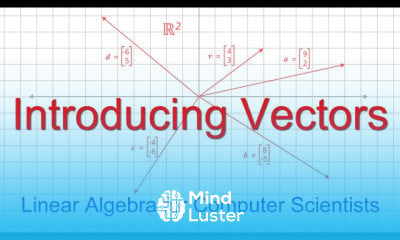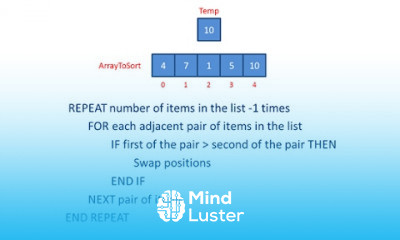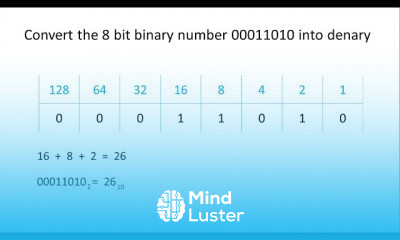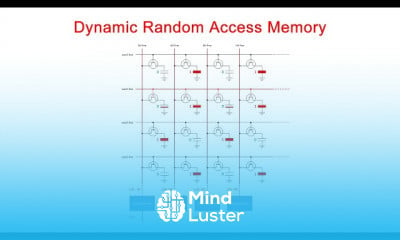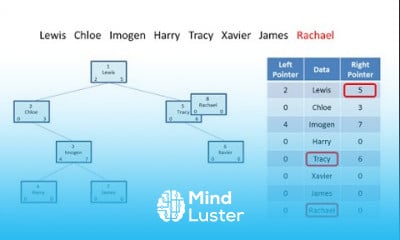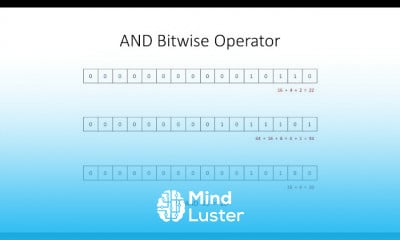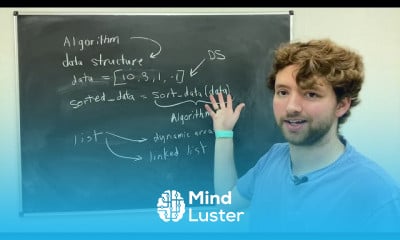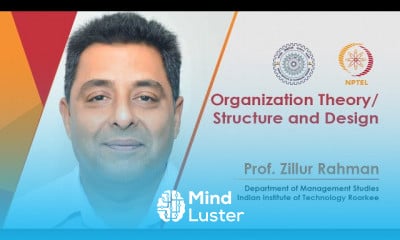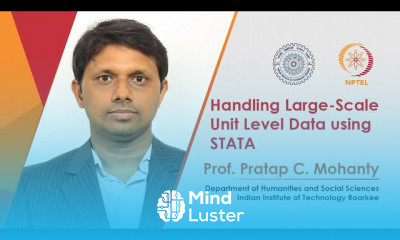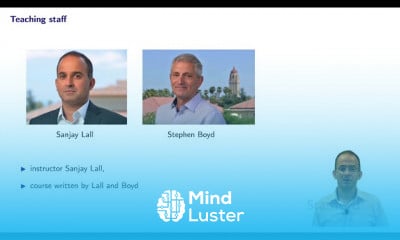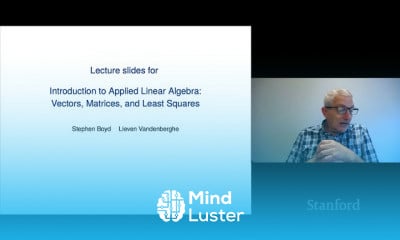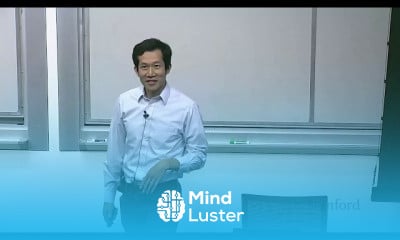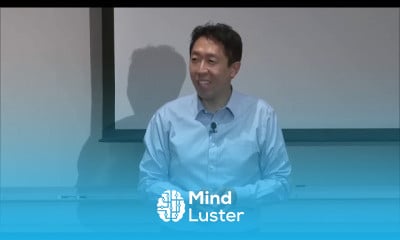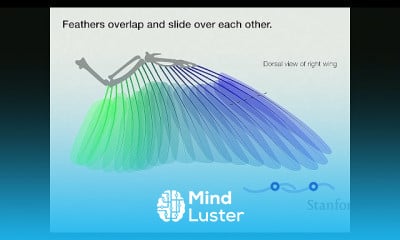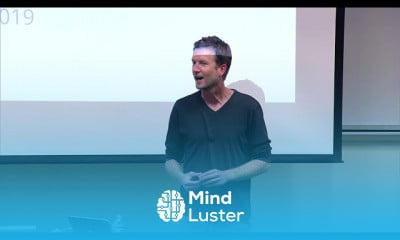Lecture 12 Backprop Improving Neural Networks | Stanford CS229 Machine Learning Autumn 2018
Share your inquiries now with community members
Click Here
Sign up Now
Lessons List | 20
Lesson

01:22:02
Lecture 4 Perceptron Generalized Linear Model | Stanford CS229 Machine Learning Autumn 2018

01:23:26
Lecture 8 Data Splits Models Cross Validation | Stanford CS229 Machine Learning Autumn 2018
Comments
Related Courses in Computer Science
Course Description
Machine learning
Field of study
Machine learning is the study of computer algorithms that improve automatically through experience and by the use of data. It is seen as a part of artificial intelligence. Is machine learning hard?
Why is machine learning 'hard'? ... There is no doubt the science of advancing machine learning algorithms through research is difficult. It requires creativity, experimentation and tenacity. Machine learning remains a hard problem when implementing existing algorithms and models to work well for your new application.What is the goal of machine learning?
Machine Learning Defined
Its goal and usage is to build new and/or leverage existing algorithms to learn from data, in order to build generalizable models that give accurate predictions, or to find patterns, particularly with new and unseen similar data.What are the basics of machine learning?
Key Elements of Machine Learning
Every machine learning algorithm has three components: Representation: how to represent knowledge. Examples include decision trees, sets of rules, instances, graphical models, neural networks, support vector machines, model ensembles and others.
Trends
C Programming Language
Communication Skills
MS Excel
program in c language
Learning English Speaking
Python programming language
Python for data science and AI
Web development with Java spring
English greetings and responses
UX design foundations for beginners
Digital Marketing Beginners
AI fundamentals for beginners
Logo Design
Web Design for Beginners
Excel skills for busines intermediate
Java Programming Language
Organization and Architecture COA
Creating bitmap images from scratch
Building arduino robots and devices
Video editing with adobe premiere
Recent
Yoga workout for toned legs
Yoga for sleep and relaxation
Yoga for lower back pain at home
Detox Yoga for digestion
Chair Yoga for tension relief at home
Yoga for shoulder mobility
Yoga workout for strength
Yoga for Inner thigh flexibility at home
Yoga for restless legs relief
ASMR Yoga for sleep
Yoga wheel stretches
Yoga workout for arm strength
Office Yoga for beginners
Desk Yoga for back
Yoga full body Yoga workout
Yoga full body warm up
Yoga for achy legs
Bed Yoga for insomnia relief
Morning Yoga stretchs for beginners
Spine mobility Yoga Flow at home


